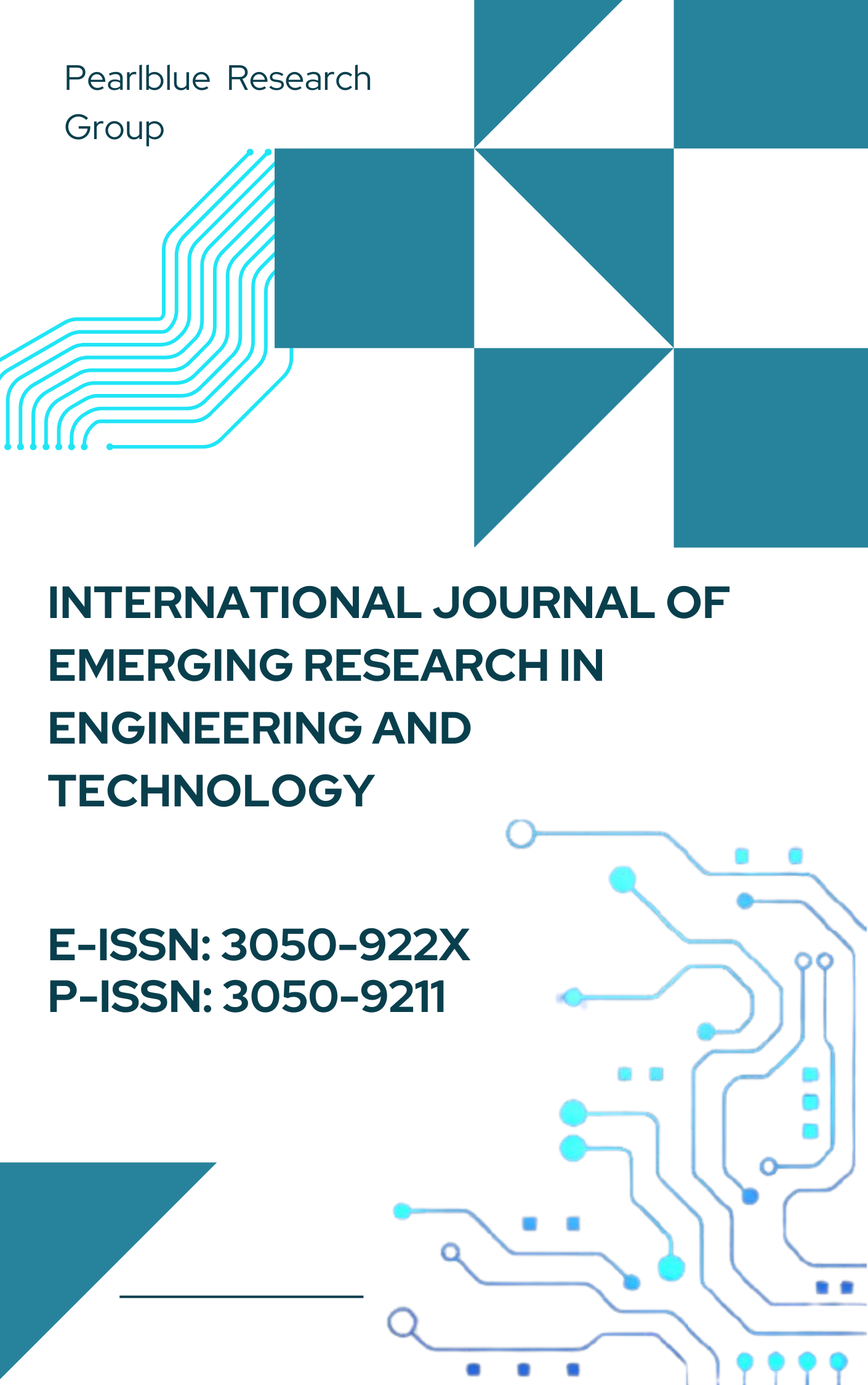Scalability and Efficiency in Large-Scale Agent-Based Simulations
DOI:
https://doi.org/10.63282/3050-922X.IJERET-V5I2P102Keywords:
Multi-Agent System, Large-Scale, Simulation, Distributed Simulation, Scalability, Agent-Based Simulation, LLMAbstract
Agent-based simulation (ABS) is a paradigm suited for simulating environments with many autonomous devices and actors, allowing the analysis, evaluation, and creation of virtual copies of environments. As the complexity and number of simulated entities grow, the scalability of simulation environments becomes crucial in handling the modeled system's complexity. Scalable solutions are needed to simulate hundreds or more complex deliberative agents, a capability often lacking in existing simulation environments. Recent advances in large language models (LLMs) have opened new avenues for applying multi-agent systems in very large-scale simulations. To address the challenges of limited scalability, low efficiency, unsatisfied agent diversity, and effort-intensive management processes, advancements have been made to enhance the convenience and flexibility of multi-agent platforms for supporting very large-scale multi-agent simulations. An actor-based distributed mechanism is proposed as the underlying technological infrastructure for great scalability and high efficiency, providing flexible environment support for simulating various real-world scenarios. This enables parallel execution of multiple agents, automatic workflow conversion for distributed deployment, and both inter-agent and agent-environment interactions. Furthermore, tools and pipelines are being developed to simplify the creation of agents with diverse and detailed background settings, along with web-based interfaces for conveniently monitoring and managing a large number of agents across multiple devices. Optimizing the partitioning of distributed agent-based simulations and using abstraction techniques to switch abstraction levels of simulation regions can improve scalability. An optimistic time synchronization protocol for MABS can reduce the risk of "too much optimism" by leveraging external information contained in the interaction protocols used for communication between agents
References
[1] Bosmans, S. Improving the efficiency of large-scale agent-based models using compression techniques. University of Antwerp. https://repository.uantwerpen.be/docman/irua/d0c8f3/bosmansstig.pdf
[2] IEEE. (2009). Scalability in distributed simulations of agent-based models. IEEE Xplore. https://ieeexplore.ieee.org/document/4813639/
[3] INFORMS. (2009). Agent-based modeling for large-scale systems: Efficiency and scalability considerations. Winter Simulation Conference. https://www.informs-sim.org/wsc09papers/112.pdf
[4] Nature. (2024). Large-scale agent-based simulations: Current trends and methodologies. https://www.nature.com/articles/s41599-024-03611-3
[5] NVIDIA. Fast large-scale agent-based simulations on NVIDIA GPUs with FLAME GPU. https://developer.nvidia.com/blog/fast-large-scale-agent-based-simulations-on-nvidia-gpus-with-flame-gpu/
[6] OpenReview. Advancements in large-scale agent-based simulations. https://openreview.net/forum?id=cSnbM9SIJJ
[7] ResearchGate. Large-scale agent-based modeling: A review and guidelines for model scaling. https://www.researchgate.net/publication/226301178_Large_Scale_Agent-Based_Modelling_A_Review_and_Guidelines_for_Model_Scaling
[8] University of Antwerp. Scalability in agent-based modeling: Challenges and solutions. https://repository.uantwerpen.be/link/irua/180106



